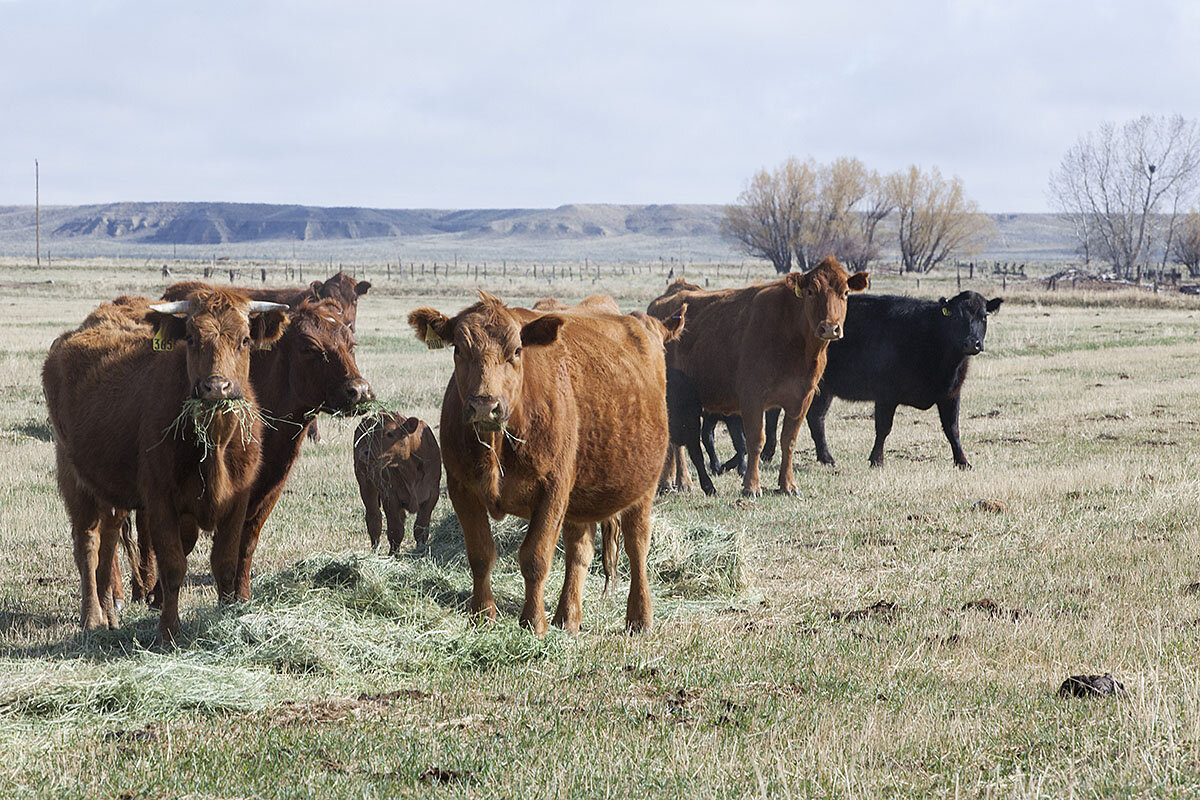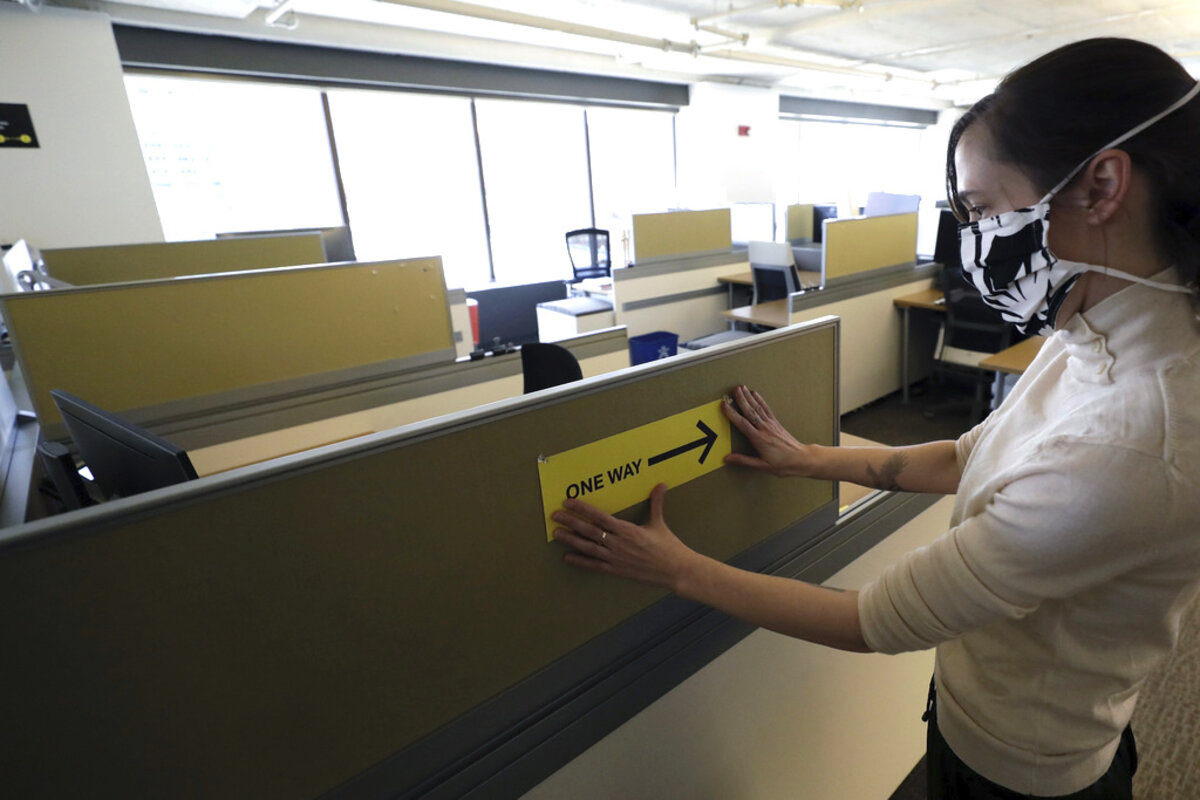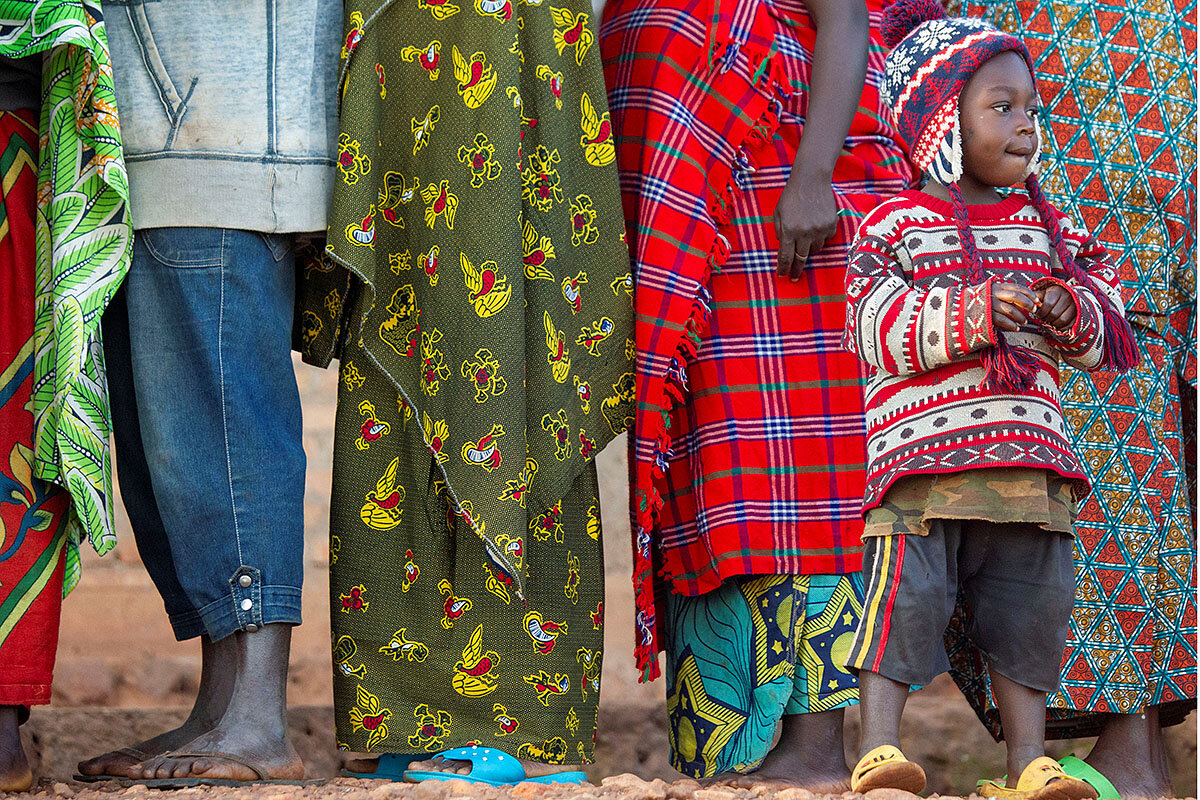The office is a place where people display their second selves. They dress differently from home and think about topics unlike those spoken around the kitchen table. It’s a place to join a different “family” pursuing its own goals.
But now after COVID-19 lockdowns pushed many people to work at home, the line between those personal and public selves is looking fuzzier than ever. The nature of office work may change forever, but the changes are still hard to predict.
Early reports are surprisingly positive. Many companies find they can function just fine with employees logging in from home (or elsewhere). And workers have seen benefits, too, such as saving the time and cost of commuting. One recent survey found nearly half of the people now working from home say they would like to continue to do so.
What might this mean? As large numbers of workers remain at home, what happens to big cities and their office towers? One survey of corporate real estate users revealed that nearly 7 out of 10 thought companies will be using less real estate in the future because of remote work. Office vacancies in the United States (now 16.8%) will rise to 19.4% by the end of the year, research firm REIS estimates.
Some companies may abandon a central headquarters altogether. But not every business (or every worker) wants to walk away from the communal office. Companies that want or need at least some employees on-site are expected to ease them back to their desks slowly and safely, a few at a time. It’s a job that will need to be done sensitively, lest workers sense their bosses care more about the bottom line than about their health.
All sorts of new ways are being imagined to make workplaces safer, from limiting the number of people in elevators to one-way hallways, touchless door openers, and a return to high-walled cubicles.
After the 9/11 disaster at New York’s twin towers, some predicted the demise of the office skyscraper. They reasoned that workers would be afraid to enter big buildings. But that hasn’t happened. And the extra security put into public places (video cameras, body scanners, more visible guards) no longer seems alarming. New measures meant to ensure office buildings are “healthy” may eventually have the same effect.
Making workplaces safe is still a work in progress. Those who’ve kept going to workplaces all along, such as at Amazon warehouses and post offices, haven’t always felt their safety has been top of mind. More than 13,600 complaints and referrals related to COVID-19 have been filed with the federal Occupational Safety and Health Administration. They include being forced to work next to sick co-workers and not being provided with adequate safety equipment.
The key to a new and safe workplace is strong mutual trust between companies and their employees. “The hope is that the pandemic will have shown managers that workers can be trusted to do their jobs without constant supervision,” says Kate Lister, president of Global Workplace Analytics. In return, employers must keep the welfare of employees atop their list of priorities.
 Yvonne Zipp
Yvonne Zipp










